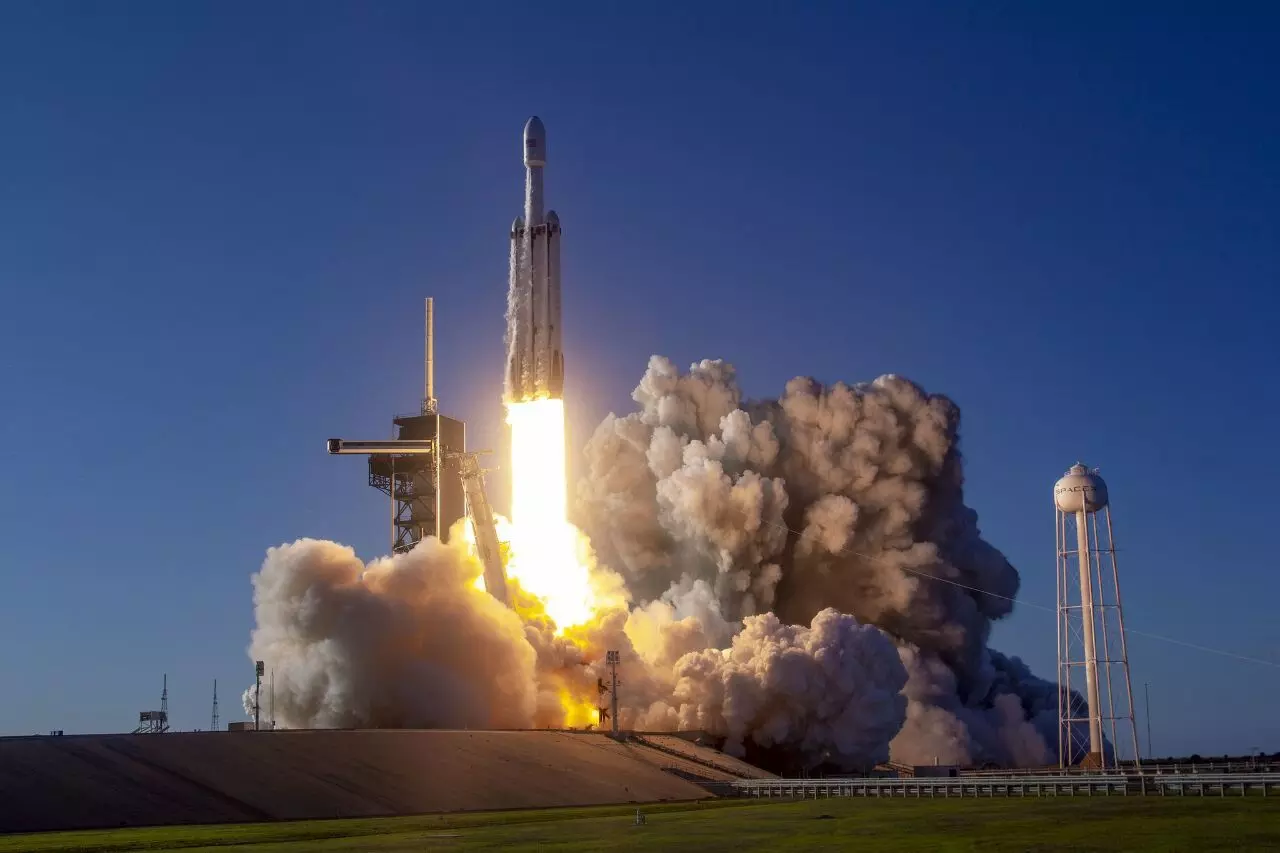Race for Sun heats up: These are various solar missions
In 2006, Hinode (SOLAR-B) was launched by Japan Space Agency, which was the successor to Yohkoh (SOLAR-A), the orbiting solar observatory.
By Newsmeter Network
Representational Image.
New Delhi: As the Indian Space Research Organisation set to launch its solar mission Aditya-L1 on September 2, the following are some important missions launched by space agencies of different countries exploring the Sun:
US: National Aeronautics and Space Administration (NASA), the US space agency, launched the Parker Solar Probe in August 2018. In December 2021, Parker flew through the Sun's upper atmosphere, the corona, and sampled particles and magnetic fields there. This was the first time ever that a spacecraft touched the Sun, according to NASA's official website.
In February 2020, NASA joined hands with the European Space Agency (ESA) and launched The Solar Orbiter to collect data to find out how the Sun created and controlled the constantly changing space environment throughout the solar system.
Other active solar missions by NASA are Advanced Composition Explorer, launched in August 1997; Solar Terrestrial Relations Observatory in October 2006; Solar Dynamics Observatory in February 2010; and Interface Region Imaging Spectrograph, launched in June 2013.
Also, in December 1995, NASA, ESA and JAXA (Japan Aerospace Exploration Agency) jointly launched the Solar and Heliospheric Observatory (SOHO).
Japan: JAXA, Japan's space agency, launched its first solar observation satellite, Hinotori (ASTRO-A), in 1981. The objective was to study solar flares using hard X-rays, according to JAXA's official website.
JAXA's other solar exploratory missions are Yohkoh (SOLAR-A) launched in 1991; SOHO (along with NASA and ESA) in 1995; and Transient Region and Coronal Explorer (TRACE), along with NASA, in 1998.
In 2006, Hinode (SOLAR-B) was launched, which was the successor to Yohkoh (SOLAR-A), the orbiting solar observatory. Japan launched it in collaboration with the US and the UK. The objective of Hinode, an observatory satellite, is to study the impact of the Sun on the Earth.
Europe: In October 1990, the ESA launched Ulysses to study the environment of space above and below the poles of the Sun. Other than solar missions launched in collaboration with NASA and the JAXA, the ESA launched Proba-2 in October 2001.
Proba-2 is the second of the Proba series, building on nearly eight years of successful Proba-1 experience, even as Proba-1 was not a solar exploratory mission.
On-Board Proba-2 were four experiments, two of them were solar observation experiments.
Proba stands for Project for On-Board Autonomy. Upcoming solar missions of the ESA include Proba-3, scheduled for 2024 and Smile, scheduled for 2025.
China: The Advanced Space-based Solar Observatory (ASO-S) was successfully launched by the National Space Science Center, Chinese Academy of Sciences (CAS), on October 8, 2022.